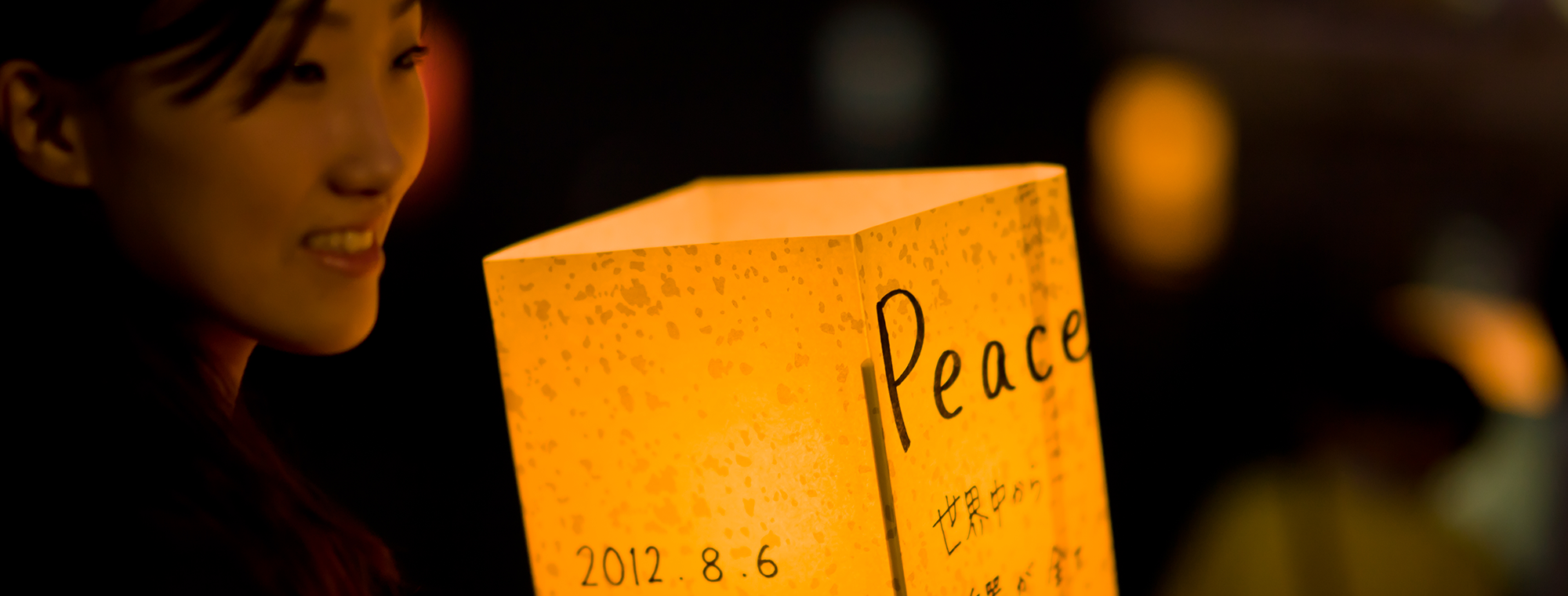On August 6, 1945, the United States became the first and only nation to use a nuclear weapon in combat, when it dropped the ‘Little Boy’ atomic bomb on Hiroshima and ‘Fat Man’ on Nagasaki three days later. The two bombings killed approximately 150,000 people and injured many others. Radiation from the fallout continues to affect residents of both Japanese cities to this day.
It’s no coincidence that many scientists date the start of an unofficial new geological era, the Anthopocene, marking humanity’s impact on Earth to the dawn of the atomic age 72 years ago. Plainly put, coupled with global warming, nuclear weapons present the greatest existential threat to our planet and everything that lives on it. But unlike global warming, we can reduce nuclear dangers right now.
Even though significant progress has been made since the end of the Cold War through a number of treaties and bilateral agreements — the world’s nuclear stockpile has gone from over 60,000 weapons in the 1980s to about 15,000 today — extraordinary dangers remain. Rising tensions with the newest nuclear-weapons state, North Korea is just one example of this threat. Our progress is in danger of being undone. According to former Secretary of Defense, and Ploughshares Fund grantee, William J. Perry, "the gravest security threat of our time is the danger of a nuclear weapon being detonated in one of our cities."
That’s why Ploughshares Fund has been exploring new strategies to tackle nuclear dangers. Since our founding in 1981, we have been dedicated to making sure that the devastation of the Hiroshima and Nagasaki bombings never happens again. Today, that means getting behind movement building, from supporting a new national grassroots campaign that aims to curb President Trump’s nuclear powers, to a funding a global civil society campaign calling for an international nuclear weapons ban.
The second investment has already paid off. Our grantee, the International Campaign to Ban Nuclear Weapons (ICAN), was instrumental in bringing about the historic Treaty on the Prohibition of Nuclear Weapons agreed to by 122 nations on July 7. Although the US and the other eight nuclear-weapons states do not support the treaty — which opens for signature next month — it marks an important turning point in longer-term efforts to stigmatize the weapons and eventually eliminate them.
Ploughshares Fund also continues to support the best minds and brightest individuals working to provide accurate coverage and expert analysis on nuclear issues around the world.
We’re leading a network of analysts and advocates to advocate for a solution to the growing North Korea nuclear threat based on dialogue not dangerous saber rattling (or worse). We continue to support efforts to protect the Iran nuclear agreement, which hawks in the US government are attempting to destabilize. We work hand-in-hand with our grantees to draw attention to the United States’ undemocratic nuclear policy that gives overwhelming nuclear powers to the President. And we work with experts calling for cuts to our bloated, wasteful nuclear budget — an anticipated $1.2 trillion over the next 30 years to rebuild the US nuclear arsenal that will do nothing to make us safer or protect us from threats like North Korea.
According to a 2007 New York Times article, $1.2 trillion was enough to pay for an unprecedented public health campaign at the time — a doubling of cancer research funding, treatment for every American whose diabetes or heart disease was going unmanaged and a global immunization campaign to save millions of children’s lives. Adjusting for inflation, it would cost a little more than $1.4 trillion to cover the same today. But the point is clear: taxpayer dollars are desperately needed elsewhere.
Ploughshares Fund, its partners and growing community will not stop doing all we can to fight the dangers of nuclear weapons until the last weapon is gone. We owe that to the innocent victims of the twin tragedies 72 years ago— and to future generations to come.
Photo: Hiroshima Lantern Floating Ceremony, Motoyasu River. Flickr (cc) / by Freedom II Andres
#HiroshimaDay 2017. Fighting the dangers of nuclear weapons, until the last weapon is gone.




